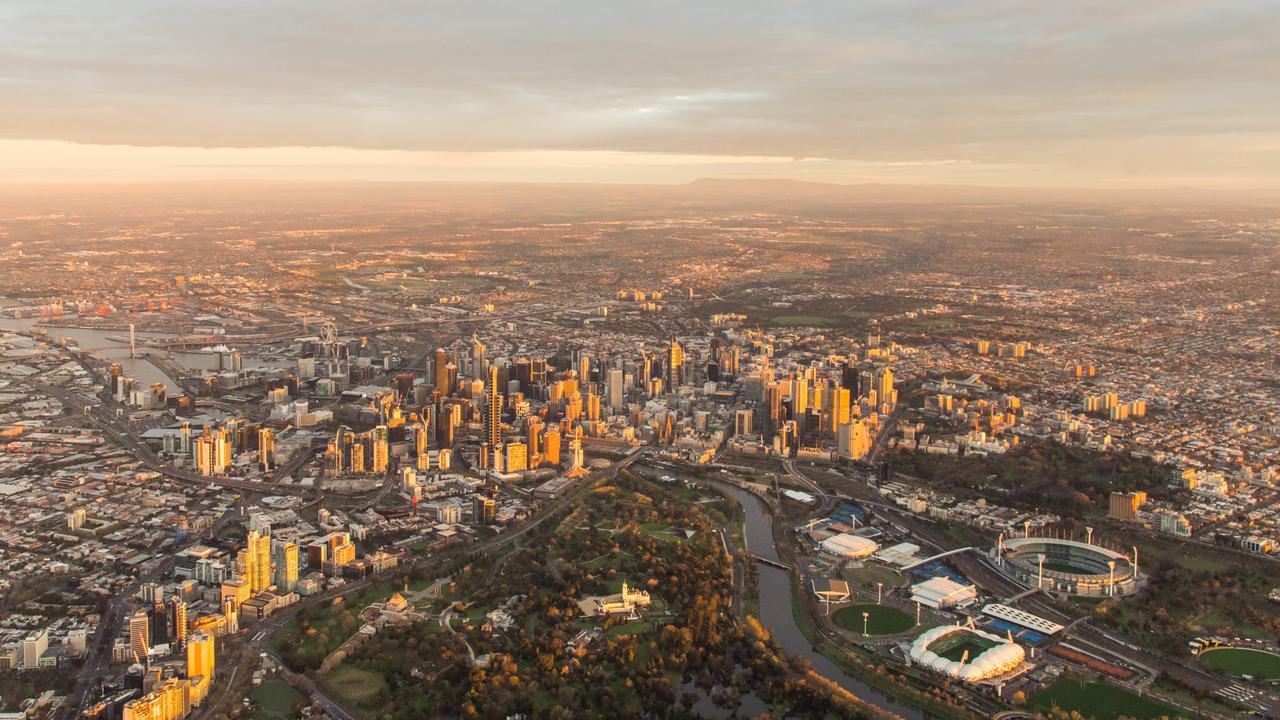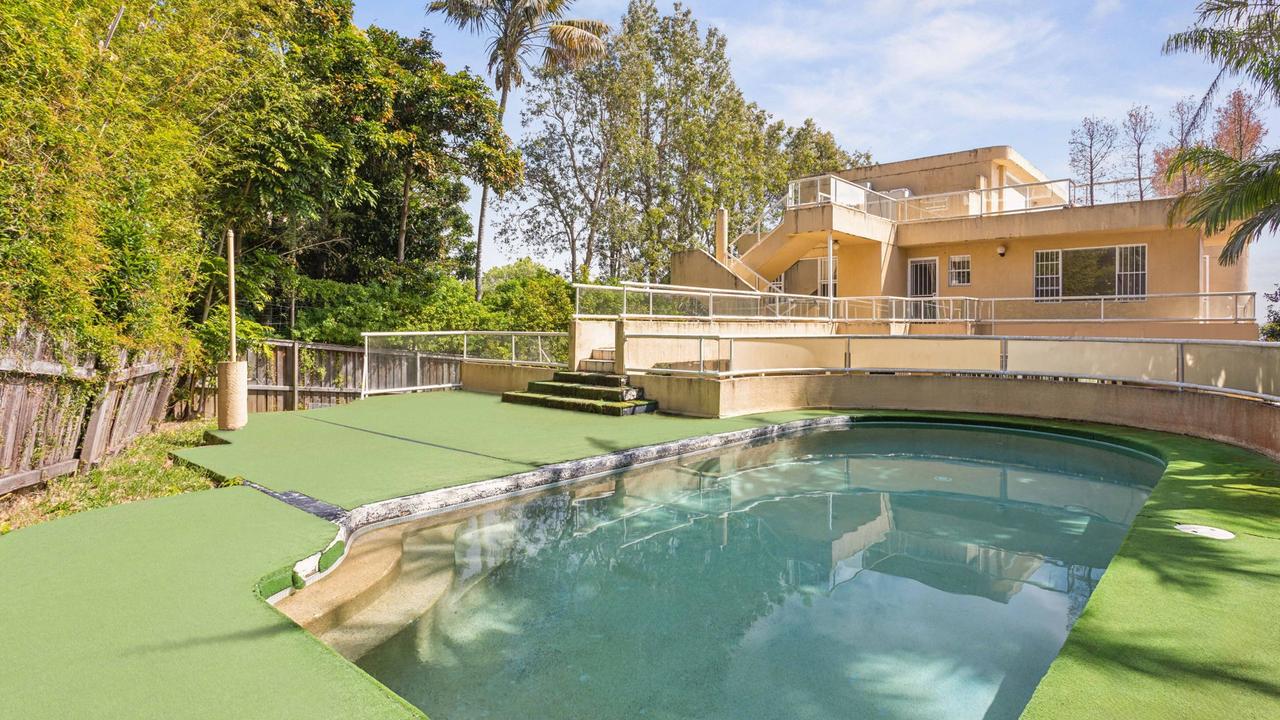Slump in Australia’s population growth set to test resilience of home prices
The stability of Aussie home prices is set to be tested from coast to coast, due to the dramatic slump in our population growth.

The stability of Aussie home prices is set to be tested from coast to coast, due to the dramatic slump in our population growth.
With immigration effectively paused due to the COVID-19 epidemic, Australia’s national housing body has predicted a fall in demand by as much as 77,000 homes per year for the next three years.
Alarmingly, the pandemic could hit housing demand to the tune of between 129,000 and 232,000 dwellings over the next three years, according to new research released from the National Housing Finance and Investment Corporation (NHFIC).

MORE: The danger closed borders could create in real estate
The Block rocked by ‘cheating scandal’
Such a scenario could place significant pressure on home values, which so far have showed remarkable resilience despite the economic challenges of the pandemic.
The above figure could represent more than 10 per cent of housing transactions, with the Reserve Bank of Australia asserting around half a million home are transacted on each year.
According to the NHFIC, the worst case scenario would be “a reduction in the population increase – from peak to trough – of 214,000 from 2019 to 2021”.
“This implies a decline of 0.8 per cent of the population over the two-year period, which has only been surpassed by World War I and the unwinding of the peak of the baby boom in 1971.”
Net overseas migration has contributed almost 60 per cent of population growth since 2007.
Such a fall could also have a domino effect on rent prices and the construction industry. It would also inhibit the rebound of the economy from the pandemic-enforced recession.
“Large falls in underlying dwelling demand are already putting upward pressure on vacancy rates and downward pressure on rents, particularly in some inner-city areas,” the report reads.
“If sustained, this could cause a contraction in construction activity that would add to the recessionary forces impacting the economy.”

Rising unemployment could also be a factor
“The past two recessions show that rising unemployment tends to lead a decline in natural population growth, the report continued.
“Australia’s second wave of infections is likely to further slow population growth, adding to the depth of the downturn and hindering the pace of recovery in underlying housing demand.”
Due to the different stages of lockdown each state is experiencing and how effective or otherwise state governments have been in dealing with the virus, Australia’s real estate market has splintered in a manner rarely witnessed before. And that could continue.
MORE: How first home buyers can shave four years off their wait time
Home buyers rocked by lack of confidence
“This research highlights the strong relationship between population growth, increasingly through net overseas migration, and underlying dwelling demand with the outlook for population growth due to COVID-19 highly uncertain,” NHFIC CEO Nathan Dal Bon said.
Home value resilience to be tested
All things considered Australia’s home values have shown great resilience since mid-March when COVID-19 hit and lockdowns were first enforced. Over that time, Melbourne dwelling values have been the worst hit, falling 4.6 per cent. However, annually they are up 5.9 per cent and property experts understandably argue the recent price recorded are not as accurate as they might be, due to the lack of sales.

It is this lack of stock which has also helped to prevent a free-fall in prices.
With the likelihood the Morrison Government will announce further homebuying incentives in next month’s Federal Budget, First National Real Estate CEO Ray Ellis points to the importance of new home construction as representing around seven to eight per cent of Australia’s GDP.
“We still expect strong growth in property prices next year. But the pace is the issue without population growth,” he said.
The volatility of the stock market this year and record low interest rates, means property has become as great a safe haven as it ever has been, and lack of consumer confidence could also mean Australians continue to hold onto their homes for longer.

Melbourne could be the most vulnerable
In recent years, Melbourne has overtaken Sydney as the location most immigrants choose to live, as such is it is likely its real estate market could be the most vulnerable due to the drop in net migration.
Bruce Warburton, head of sales at Brad Teal – who specialises in the some of the outer areas of Melbourne, such as Sunbury, where many new migrants choose to call home — believes the lack of demand there could lead to a ripple effect into the inner city.
MORE: Elvis Presley’s home sale offers rare insight into life of The King
Rents most affordable since 2007
“The housing market has held up well so far despite the incredible challenges,” he said.
“A lot of people who sell up in places like Sunbury are moving to inner city Melbourne for the lifestyle and for schools. They are don’t want to commute so far and are willing to sacrifice a modern home for something older provided they are closer to the city.
“That option might be out the window for some now if that demand from immigration isn’t there. It’s something the government needs to think about when they are planning for the medium and long term.”



